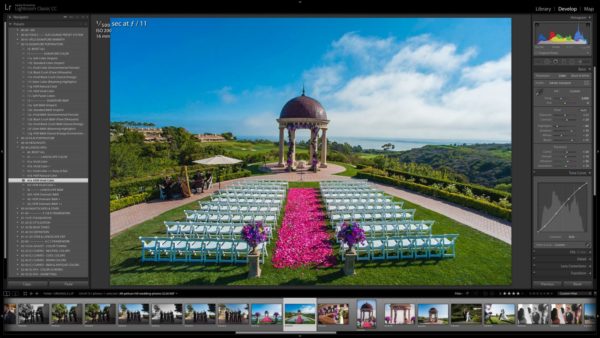

It lets you add photos to different albums, search via artificial intelligence keywords, and edit full-resolution photos on your phone. Lightroom is very streamlined and doesn’t offer as many advanced options. $19.99 per month with Photoshop and 1TB cloud storageīasically, Lightroom Classic really is “classic.” If there’s something you’ve been able to do in prior versions of Lightroom, you can do it in Lightroom Classic as well. No - 1TB storage limit before price increase Yes - click “Store a copy of all photos locally” Yes, but only smart previews and Lightroom mobile Yes, if you want to use Lightroom’s unique featuresĮdits on one device instantly sync to others Yes, but only as smart previews Lightroom mobile Local adjustments (brush, gradient, radial tools)Įdit full-resolution images on mobile devices Sharpening and noise reduction adjustments The new Lightroom: An cross-platform, cloud-based editor that has some, but not all of the features of Lightroom ClassicĢ) Comparing Features Between the New Lightroom Products Feature.


On the other hand, the cross-platform nature of Lightroom means that you can edit your photos on your desktop and then switch to your phone or tablet to continue your work. Although it has many of the editing tools of Lightroom Classic, its interface is simplified and less powerful. On the other hand, the new Lightroom is a bit different. The interface on Lightroom Classic is exactly the same as the interface in the older, perpetual-license versions of Lightroom. Now, whether you want to use the desktop-only Lightroom Classic or Lightroom, you need to subscribe to their monthly plan. Over time, Adobe started adding some features to Lightroom that didn’t (and still don’t) exist in Lightroom 6 - things like the dehaze tool and local adjustments to the “whites” and “blacks” sliders.Įventually, Adobe ceased offering a perpetual license. At first, the only difference was that Lightroom Classic was a standalone, perpetual-license product, while Lightroom was part of Adobe’s Creative Cloud subscription model. Below, I’ll outline the differences between the two.įor more years now, Adobe has offered both Lightroom Classic and Lightroom on the market. Yet, these programs are quite different from one another.

Lightroom Classic is the desktop-only Lightroom that most photographers use, whereas Lightroom is a cross platform editing solution that stores your original Raws in Adobe’s cloud. But ever since Adobe moved to cloud- and subscription-based services, Lightroom has had two currently-maintained incarnations: Lightroom Classic and Lightroom (formerly known as Lightroom CC, where CC stands for ‘creative cloud’). Once upon a time, there was just Lightroom.


 0 kommentar(er)
0 kommentar(er)
